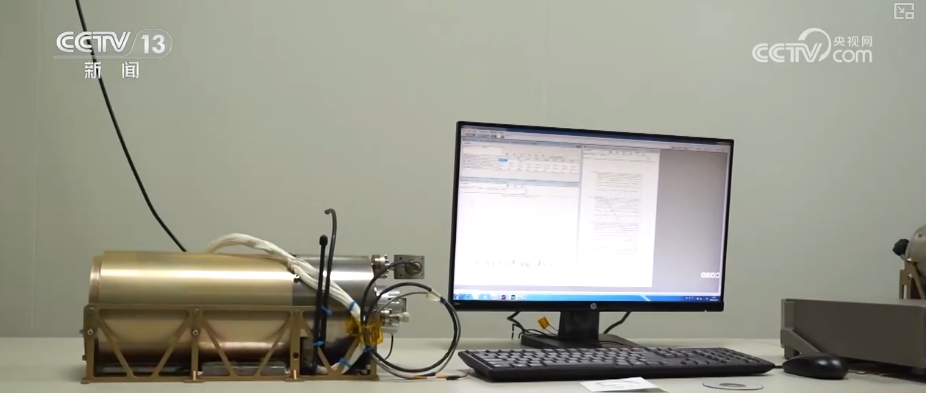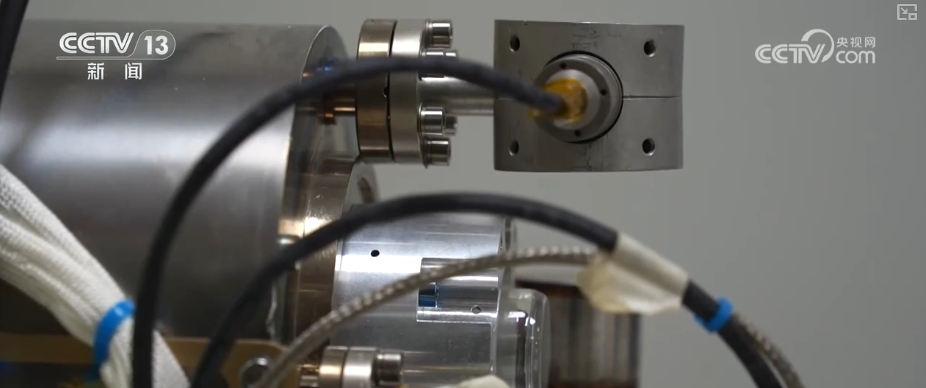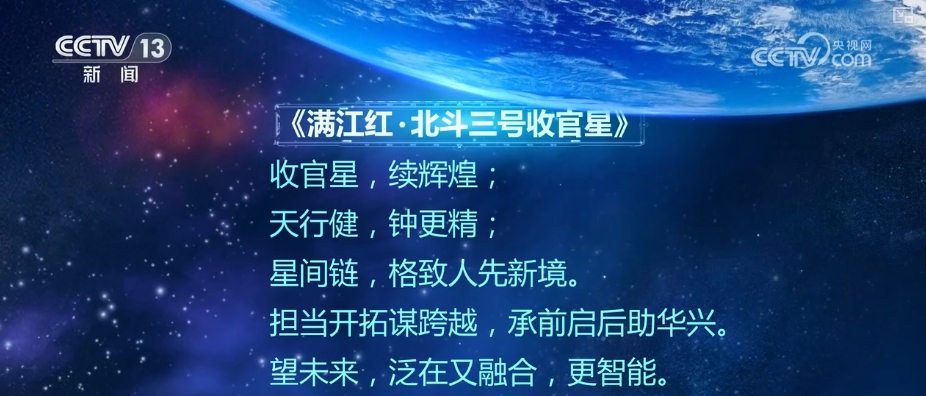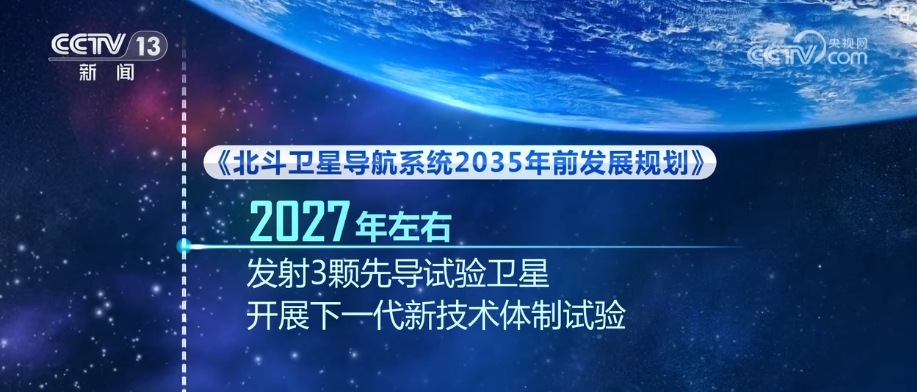CCTV News: Looking up at the sky, from the direction of the Big Dipper to the Beidou satellite navigation, we have witnessed the perfect integration of ancient human wisdom and modern technological power. According to the "Beidou Satellite Navigation System Development Plan before 2035" released at the end of 2024, my country will complete the research and development of key technologies for the next generation of Beidou system by 2025 and complete the construction of the next generation of Beidou system by 2035. In the new year, what core technologies are being carried out in the scientific research team, and what new hard-core skills will the next generation of Beidou system have?

At the Institute of Microsatellite Innovation of the Chinese Academy of Sciences, scientific researchers are conducting in-orbit monitoring of the two final satellites of Beidou-3, which were just launched in 2024.

The Beidou-3 satellite constellation consists of three types: medium-round earth orbit satellites, geostationary orbit satellites, and inclined earth-synchronous orbit satellites. The two newly launched Beidou-3 final satellites are medium-round earth orbit satellites. After entering the network, the reliability of Beidou-3 global satellite navigation system and the service performance of positioning navigation timing, global short message communications will be further improved. While supporting the stable operation of the Beidou system and the large-scale application of Beidou, relevant tests will be conducted for the upgrade of the next generation Beidou navigation satellite technology. Break through key core technologies and let the Beidou shine in the sky
The Beidou system is the largest, most extensive, most extensive, most service performance requirements and most closely related to people's lives in my country so far. It is also a major achievement of more than 400 units and more than 300,000 scientific researchers across the country to develop intelligence and research. Over the past decades, breakthroughs in key core technologies such as time frequency systems, inter-satellite link technology, aerospace processors, and the seizing of technological commanding heights have allowed the Beidou system to shine in the sky and truly enter our production and life.

The time frequency system is called the "heart" of the Beidou system, providing reference time and frequency signals for the ground operation and control system. Since Beidou-1, the time frequency system developed by the Shanghai Observatory of the Chinese Academy of Sciences has always provided continuous and stable time frequency signals for the Beidou system, forming the Beidou time. In the laboratory, researchers are debugging new hydrogen atomic clocks, which are also the core equipment of the time frequency system, and their performance indicators directly determine the positioning accuracy of the navigation system.

From the beginning of buying atomic clocks from other countries, to independently developing rubidium (ru second tone) atomic clocks, and then to higher precision hydrogen atomic clocks, the "heart" of the Beidou system is getting stronger and stronger. Chief Engineer Lin Baojun introduced that although the scientific research team has been studying a new atomic clock with higher accuracy than the hydrogen atomic clock, the process of the first hydrogen atomic clock entering the sky is still vivid in my mind.

There are unwritten regulations in the aerospace field that the proportion of satellites using new technologies generally does not exceed 30%. However, this bold and innovative team has made the new technology of Beidou-3 starter star exceed 70%. In addition, the Beidou-3 development team has also achieved independent satellite diagnosis, isolation and repair for the first time in the world, and new user needs can also be directly empowered on the Beidou-3 satellite; the first inter-satellite link technology of the development team has increased the satellite measurement and control coverage rate from 30% to 100%, and can ensure global navigation accuracy even when there is insufficient ground stations; the use of domestic Loongson radiation-resistant chips fills the gap in domestic aerospace processors, making core components truly independent and controllable, and allowing Beidou to have a Chinese core. my country will build a Beidou comprehensive positioning navigation and timing system
According to the "Beidou Satellite Navigation System Development Plan before 2035", in the future, on the basis of ensuring the stable operation of the Beidou 3 system, my country will build a next-generation Beidou system with more advanced technology, more powerful functions and better services.


This is a poem written by Lin Baojun, chief chief designer of Beidou-3 satellite system, "Manjianghong·Beidou-3 Final Star", which records the key nodes in the construction of Beidou-3 and also sorts out the development context of Beidou in 30 years.

The "Beidou Satellite Navigation System Development Plan before 2035" points out that the next generation of Beidou system will be characterized by "precision and trustworthy, casual access, intelligence, networking, and flexibility" as its generational characteristics, and provide real-time, high-precision, and high-intact positioning navigation timing services covering the open surface and near-earth space. According to the plan, my country will complete the research and development of key technologies for the next generation of Beidou system by 2025; launch three pilot test satellites around 2027 to carry out the system test of the next generation of new technology; start launching the next generation of Beidou system networking satellites around 2029, and complete the construction of the next generation of Beidou system by 2035.